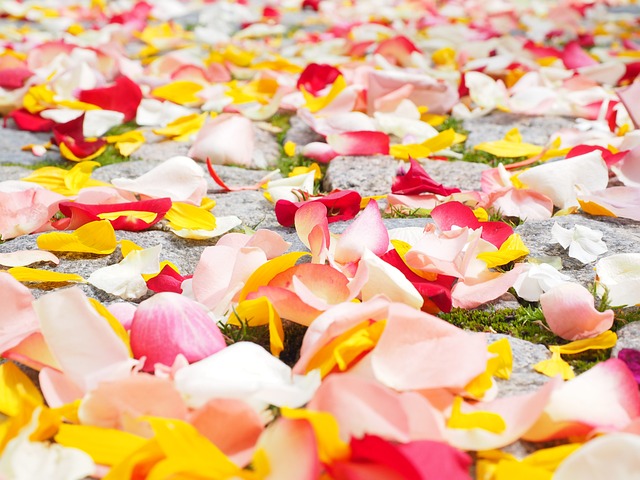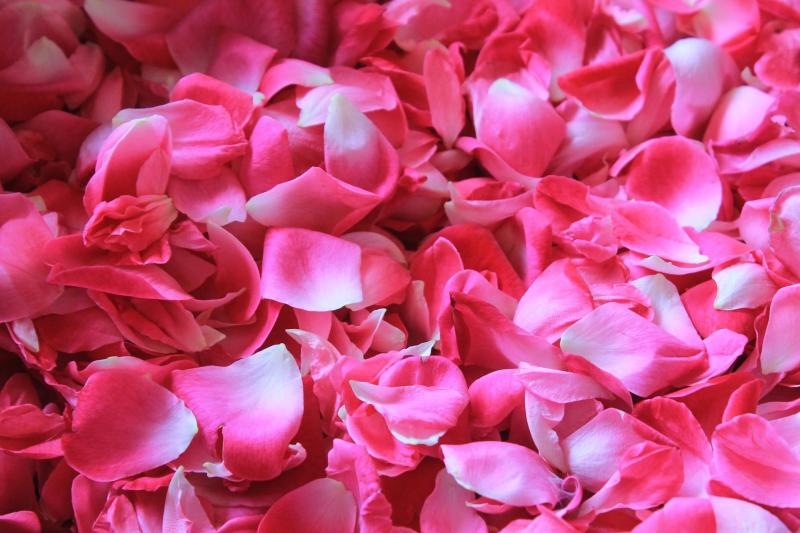Structure, Function, and Beauty Flower petals are the frequentlybrilliant and aromaticcomponents of a flower. They play a hugephase in the technique of replica as nicely as how notably a flower appears in general. They are now notpurely decorative; A flower’s potential to appeal to pollinators and make sureprofitablereplica is extensively influenced via its petals. This article affords insights into the value of flower petals in the world of botany with the aid of delving into their structure, function, and a variety of aspects.
The Structure of Flower Petals
The vibrant, leaf-like components of a flower that encompass the reproductive organs are referred to as flower petals. Typically, they are a phase of the corolla, which is the collective identify for all of a flower’s petals. Petals are made in a range of sizes, shapes, and hues to meet the wishes of the plant.
Anatomy of a Petal
There are three foremostcomponents to every petal: the base, claw, and blade together. The broad, flat element of the petal that showscoloration and patterns is known as the blade. The petal’s narrow, stalk-like attachment to the flower’s receptacle is the claw. The petal connects to the flower’s central shape at the base. The petals are highercapable to raise out their duties thanks to this indispensable anatomy.
Variation in Petal Shapes
There is a lot of version in the shapes of extraordinary species’ petals. Some frequent shapes are:
– Lancolate: Like a lance, it is lengthy and narrow.
– The “Elliptic“: Oval with two ends that barely taper.
– Round: Shape that is round or almost circular.
– Non-Regular: orchids often have asymmetrical or complicated patterns.

These shapes are changes that assist a flower enticeprecise pollinators.
The Purpose of Flower Petals
The petals of flowering florafunction a variety of criticalfeatures that useful resource in their survival and reproduction.
Attraction of Pollinators
One of the predominantfunctions of the petals is to draw pollinators like bees, butterflies, and hummingbirds to the plant. Visual cues furnishedby using vivid colorations and elaborate patterns direct pollinators to the flower’s reproductive buildings and nectar. UV patterns on petals are regularlyvisible to many pollinators however invisible to the human eye.
Protection of Reproductive Structures
The flower’s stamens and pistils, which are the male components of the flower, are additionallyincludedby way of the petals. Petal encirclement protects these buildings from pests, immoderate moisture, and harm from the environment, permitting for uninterrupted reproduction.
Facilitation of Pollination
Petals resource in the switch of pollen in addition to attracting pollinators. The arrangement and shape of petals affect how effectively pollen transfers to other flowers and deposits on the pollinator. Seed manufacturing and fertilization eachrely on this procedure.
Diversity in Petal Colors and Patterns
There is a largevary of colour and sampleversion in petals amongst plant species, which contributes to the vastvary of floral displays.
Variety Variation
Petal shadesvary from the profound blues of irises to the searing reds of roses. These hues are brought onvia the following pigments:
– Anthocyanidins: accountable for the hues purple, blue, and red.
– Carotenoids Make colorations of yellow and orange.
– Cholophyll: affordsinexperienced hues, although petals are much less common.
These pigments no longersolelyappeal to pollinators, however they can additionallypoint outprecisetraits like fitness and vitality.
Patterns and Markings
Petals regularlyshow stripes, spots, or gradients as patterns. There are many makes use of for these patterns:
– The “Nectar Guides” There are markings on some flora that assist pollinators discover the nectar source.
– “Imitation“: In order to entice pollinators, sure patterns mimic the look of different organisms, such as lady insects.
The range of patterns and markings in petals provides to their splendor and utility.

Flower Petals on the Fertilization
Petals have a direct have an impact on on the reproductive success of flowering plants.
Interaction with Pollinators
The interaction between petals and pollinators is highly regulated. The shape, color, and scent of petals attract specific pollinators that best meet the flower’s reproductive needs. For instance, whereas broad, flat petals are higherappropriate to butterflies, tubular petals oftenentice hummingbirds.
Influence on Pollen Transfer
Pollen switch between flora can be influenced by using the petals. The probability of cross-pollination might alsoupward jab when vegetation have petals that are large and less difficult to reach. On the different hand, unique pollinators might also be wished for positivevegetation with specialised petal constructions to switch pollen successfully.
Flower Petals Adaptations and Evolution
Petal shape and featurevariety is the end result of evolutionary responses to a variety of ecological and environmental factors.
Evolutionary Adaptations
Petals have developed to meet the necessities of a variety of pollinators and the environment. For instance, plants pollinated by insects or animals have larger, more vibrant petals compared to those pollinated by wind.
Ecological Factors
Climate, habitat, and species opposition all have an affect on the evolution of petal characteristics. Petals can also adapt to higherentice pollinators or to stand up to stresses from the environment.
Cultural and Symbolic Value of Petals
In addition to their organic functions, many societies vicinity cultural and symbolic price on petals.
Cultural Uses
Cultural practices use petals in traditional medicines and ceremonial garlands. For instance, people often include rose petals in beauty products and perfumes, while marigold petals feature in Hindu rituals.
Symbolism
The a range ofshades and sorts of petals have symbolic meanings. Red petals, on the different hand, are related with love and passion, whilst white petals regularlysymbolize purity and tranquility. Symbolic meanings can influence the choice of plants for events like weddings and funerals.
Conclusion
The herbal world’s splendor and the success of plant replica are drasticallystrongerby using their structure, function, and diversity. We can recognize the complexity and class of plantsby means of comprehending their function, highlighting their importanceno longersolely in nature howeveradditionally in human lifestyle and society.







